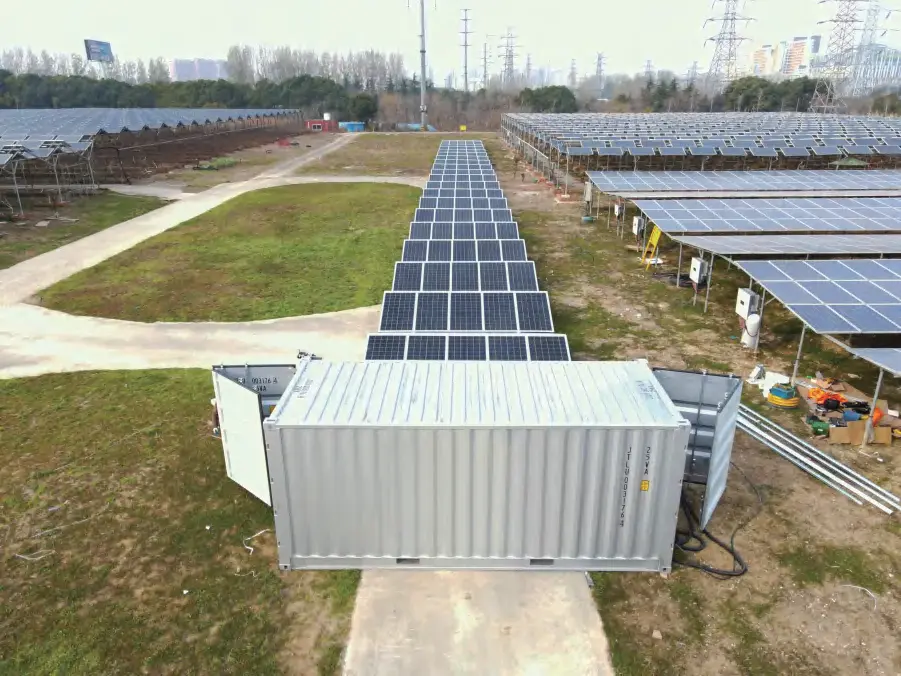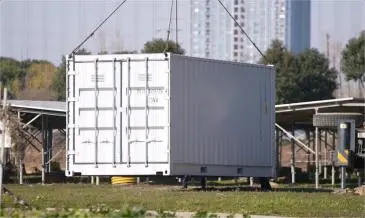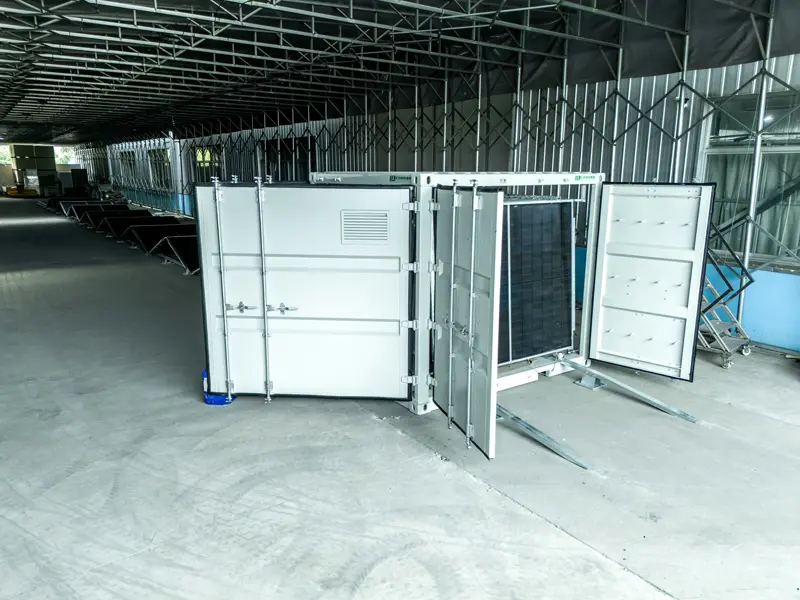As the need for off-grid and mobile energy solutions rises worldwide, solar containers, or pre-fabricated, containerized solar power stations, are becoming increasingly popular. But not all energy projects require one. So, how do you determine whether or not you require a solar container?
Whether you're delivering power to a construction site in Western Australia, lighting a Rwandan rural health clinic, or assessing emergency power back-ups for disaster relief, the option is based on your location, infrastructure, and power needs.
What Is A Solar Container, Exactly?
Solar container is a stand-alone power generation plant that houses solar panels, batteries, inverters, and control system—all within a standard shipping container. It is plug-and-play deployable, often to locations where traditional infrastructure is lacking or unreliable.
It's been accepted for use in:
- Remote villages
- Temporary event setups
- Emergency disaster response
- Military bases and frontier stations
- Island resorts and ecocamps
In 2023, a humanitarian initiative deployed solar containers in Uganda's Mityana to deliver 24/7 lighting and digital teaching equipment for off-grid schools. The containers were shipped in, installed, and powered within 72 hours—no locals tech experts needed.
Ask Yourself: Is Grid Access Reliable or Even Available?
One of the first questions to ask yourself is: Do you have sure access to the electricity grid? If no—or grid connection is months or years off—then a solar container may be your most cost- and time-effective answer.
In areas like Luzon, Philippines, where typhoons frequently blow down power lines, even urban populations turn to mobile solar systems as backup for water pumps and emergency shelter.

Consider Load Sizes and Energy Independence
Solar containers typically come in sizes ranging from 5 kW to 100 kW or more, depending on model. They're ideal for medium-sized loads like:
- Clinics and hospitals
- Telecom towers
- School campuses
- Field offices
- Water treatment or irrigation systems
Thinking about whether a solar container is too much for your situation? If your energy needs per day are greater than 10 kWh and you don't have reliable infrastructure backing, then yes—containerized power might be exactly what you need.
In addition, containers tend to come equipped with battery storage, providing you with energy independence for rainy days or evening use.
Assess the Logistics and Deployment Circumstances
Solar containers lend themselves to rapid, off-the-truck deployment. They excel in circumstances where:
- Trained labor is in short supply
- Timeliness of operation is paramount
- Equipment must be safeguarded against weather and larceny
- Systems could be relocated again in the future
For example, an Alberta, Canada mobile construction company uses 20-foot solar containers to power temporary office trailers and field lighting. Mobility reduces diesel dependency and facilitates moving every few weeks.
Do You Need Modular or Scalable Energy?
If your application has potential to grow, modular systems help you expand. The majority of solar containers are parallel connectable or stackable for larger energy systems.
Also, companies like LZY-MSC1 Sliding Mobile Solar Container have models with modular inverters and battery bays, which allow users to expand from 20 kWh to 60 kWh without the necessity of reengineering the entire container.

Look for Certified, Ready-to-Deploy Models
When purchasing or leasing a solar container, ensure that it is delivered with the appropriate certifications in electrical safety and grid compliance, including:
- CE, UL, or IEC standards
- Integrated grounding
- Fire suppression systems
- Remote monitoring interface
Regulatory setbacks are experienced in South Africa, with containers that were not certified being banned from operations by city officials. An investment in a well-certified unit avoids such challenges.
How do you determine whether you need a solar container? Start by reviewing your grid conditions, energy needs, timelines, and prospects for growth. If you have uncertainty, instability, or scalability needs—this technology will be the best choice.

